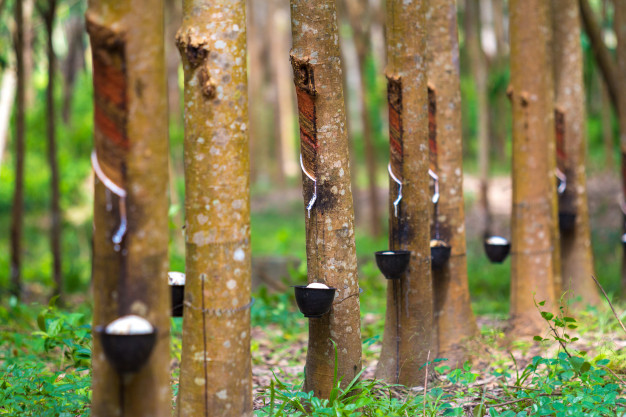Elastic shipments from Vietnam are ready to decay without precedent for a very long time as request development eases back in China, as per the Deputy Trade Minister of the world’s third-greatest maker.
Fares will presumably drop 7 percent to 1 million metric tons this year, Tran Tuan Anh said in a meeting in Hanoi on July 29. That would be the main diminishing since 2008, as per the General Statistics Office. The nation will try to enhance its fare markets to bring down presentation to China, the world’s greatest shopper, and lift homegrown use, Anh said.
Fates drooped 61 percent from a record in 2011 in the midst of a worldwide excess that will likely reach out through 2016, as per the Rubber Economist, a London-based warning organization. The International Monetary Fund a week ago brought down its reality development gauge during the current year as extensions debilitated from China to the U.S. also, clashes expanded the danger of a flood in oil costs. China is likewise delivering more regular elastic.
“As the world economy is delayed to recuperate, request from Vietnam’s huge purchasers is seeing restricted development,” said Anh. “Less use of common elastic by Chinese production lines just as rising yield in China itself is diminishing the need to import.”
Prospects, which arrived at a record-breaking high of 535.7 yen in February 2011 on the Tokyo Commodity Exchange, have plunged 24 percent this year to 208 yen a kilogram ($2,021 a ton).
The world economy will progress 3.4 percent in 2014, the IMF said in July, not as much as its 3.6 percent forecast in April. China will develop 7.4 percent this year, the most fragile movement since 1990, in light of the middle gauge in a Bloomberg overview.
Rancher Profits
Government upgrades may help Chinese interests recuperate. Chief Li Keqiang presented railroad spending, cut save prerequisites for certain moneylenders, and diminished duties. The economy developed 7.5 percent in the second quarter from a year sooner and extension from the past period demonstrated a yearly pace of 8.2 percent. Assembling filled in July at the quickest movement in over two years, reports indicated today.
Worldwide creation will outperform requests by 514,000 tons in 2014, 328,000 tons in 2015 and 202,000 tons in 2016, Prachaya Jumpasut, overseeing chief at the Rubber Economist, said in June. Yield in Vietnam will rise 2.2 percent to 970,000 tons this year, says the Association of Natural Rubber Producing Countries, or ANRPC. Just Thailand and Indonesia produce more.
Ranchers in Vietnam are bringing in cash even after costs fell. In zones where yields are 2 tons a hectare, cultivators with 3 hectares make a benefit of as much as 30 million dongs ($1,412) a year, or an edge of 15 percent, says the Vietnam Rubber Association, which speaks to makers and merchants.
China Tensions
The yield of normal elastic in China is set to rise 6.3 percent to 910,000 tons this year, the ANRPC said. Imports may extend 11 percent to 4.26 million tons, easing back from a year ago’s development pace of 14 percent, it said in its June report.
Vietnam will try to lessen reliance on China by elevating fares to nations like India and the Philippines, Anh said. The country will attempt to improve yields and quality and lift neighborhood use, he said. China purchased 40% of its elastic fares in the principal half, as per Vietnam customs information.
Pressures among China and Vietnam expanded for the current year after China set up an oil rig in waters asserted by the two nations. The apparatus has been eliminated and the pressures have not significantly affected exchange, Anh said.
Vietnam is thinking about a transition to join the International Tripartite Rubber Council as it recognizes its significance, Anh said. The gathering incorporates Thailand, Indonesia, and Malaysia and speaks to just about 70% of the supply.
The nation does not have an official body to screen rancher yield plans, Anh said. Most makers are little and take unconstrained choices, which brought about the planting zone surpassing the public authority’s all-inclusive strategy, he said.


